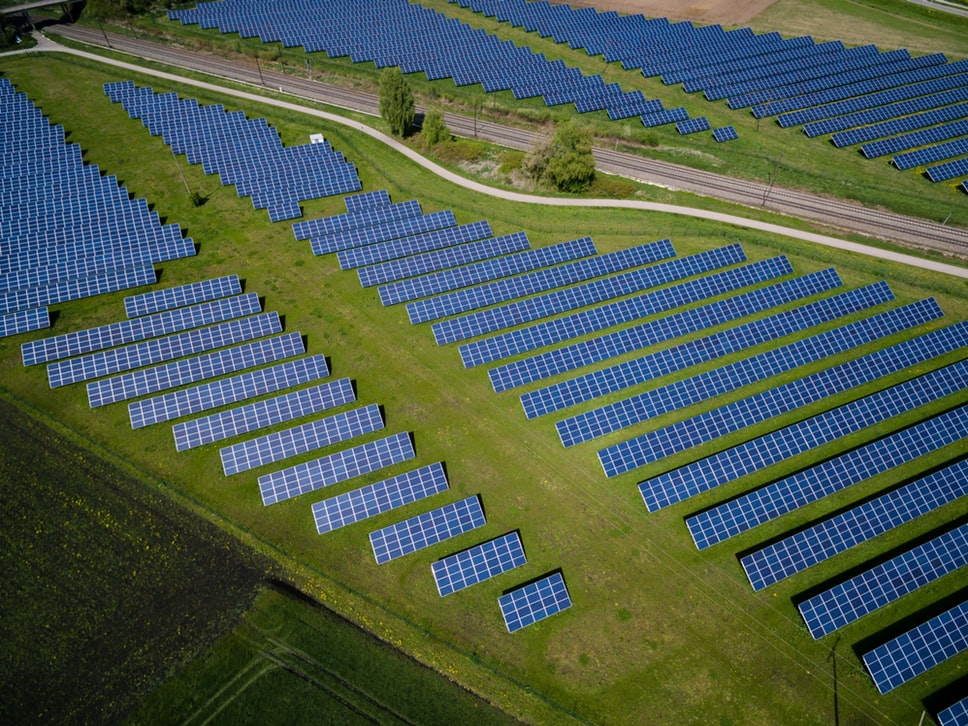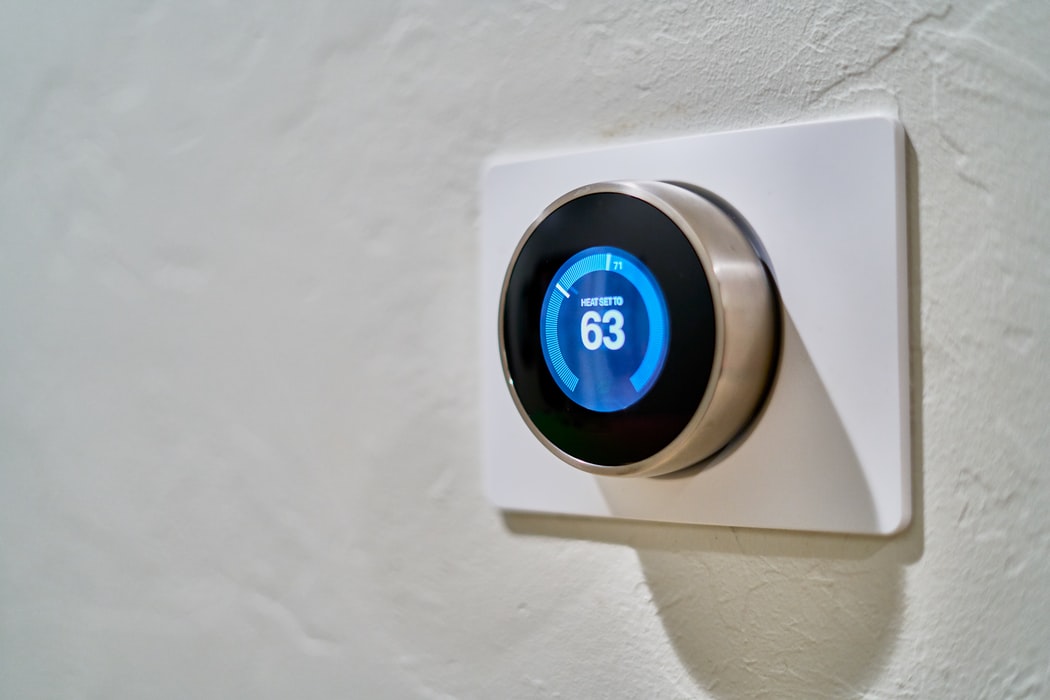
5 at-home fixes to make your family greener
This is a contributed post and may contain affiliate links
Making your family greener is easier than you think, and it all starts at home. We are going to look at five simple fixes you can make for a greener home life. The idea is to change some bad habits and rethink the way your home uses energy. As a result, you’ll be doing a little extra to help the planet and improve the prospects for life on Earth.
- Recycling
If you’re not already doing it, it’s time to start taking recycling seriously. That means getting an idea of the waste you produce that could be recycled, and minimising that which can’t. It also means preparing things properly for recycling – clean plastic containers, jars and tins before putting them into recycling. If they are soiled, they will only end up in landfill.
Recycling doesn’t just have to be about what you put in your coloured bins. You can donate old clothes to charity stores or clothing collections, you can sell unwanted items like DVDs, furniture, etc. And did you know you can even recycle electrical appliances, large and small, through many electrical retailers and recycling centres? According to Groupon, for example, Currys take in a 65,000 tonnes of these appliances every year. And that’s just one company.
- Have solar panels installed
 Though the government’s feed-in tariffs are going down, investing in solar power for your home is still a fantastic way to save money and go green. The typical installation costs work out at around £1,500 per kw of the installed panels, but once they are there you will see a drastic drop in your energy bills. The government’s decision to remove incentives for installing solar panels is disappointing, but the benefits of having them should be motivation enough for those who can afford them.
Though the government’s feed-in tariffs are going down, investing in solar power for your home is still a fantastic way to save money and go green. The typical installation costs work out at around £1,500 per kw of the installed panels, but once they are there you will see a drastic drop in your energy bills. The government’s decision to remove incentives for installing solar panels is disappointing, but the benefits of having them should be motivation enough for those who can afford them.
If the initial cost is too much for you, consider building your own solar water heater. The materials can be bought or scrounged quite easily, and there are plenty of guides online to build and install it. A little creative thinking and initiative go a long way!
- Opt for a green energy supplier
Energy suppliers in the UK buy the electricity they supply directly from the grid. This means you aren’t guaranteed that the energy coming to your home is truly green (meaning it comes from a solar panel or wind turbine). The green energy revolution is still in its infancy, but plans to increase it are already in action.
In the meantime, some companies are now including price plans that incorporate a carbon off-setting programme, whereby they purchase renewable energy for any shortfall. This makes them ‘carbon neutral’, which is a far better choice for those who are conscious of saving the environment. Choosing carbon-neutral tariffs are a great way to live greener at home.
- Use your thermostat
 For every 1 degree you turn your thermostat down by, you can save between 1% and 3% on your total energy bill for the year. If you lower the thermostat by 4 degrees, you could reduce your energy consumption by at least 10%. The result is significant savings on your energy bill and a big reduction in your carbon footprint.
For every 1 degree you turn your thermostat down by, you can save between 1% and 3% on your total energy bill for the year. If you lower the thermostat by 4 degrees, you could reduce your energy consumption by at least 10%. The result is significant savings on your energy bill and a big reduction in your carbon footprint.
Learn to take cold showers in the summer and don’t have the hot water turned on for most of the day. When winter comes around, make use of duvets and extra clothing layers – cranking up the heat doesn’t always have to be your go-to solution!
- Plant trees
Trees soak up a lot of carbon dioxide from the atmosphere, replacing it with beautiful oxygen. They are also a nifty way to green up your home. They produce welcome shade in the warmer months, while in the winter they shield your home from warmth-destroying wind.
If you have space, plant some trees strategically on the windward side of your house and you could cut down heat loss by as much as 20%. You could also consider having some indoor plants to brighten up the home – they will also help to offset your carbon emissions up to a point.
These five simple suggestions could help you make a big difference to your family’s green credentials from the home. They will also be helpful for your bank balance, so going green at home really is a no-brainer.
